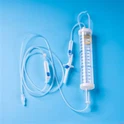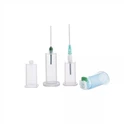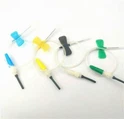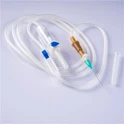Although most hospitals have fully used vacuum blood collection tubes, some small hospitals are still using non-vacuum blood collection tubes. There are two main types of non-vacuum blood collection tubes, one is glass tube, and the other is plastic tube. Its use and precautions are as follows.
1. Need to equip your own test tube cover
Non-vacuum blood collection tubes do not have a cover, and some experiments need to be covered when anticoagulation is required. This requires the purchase of a corresponding size plastic cover.
2. Easy to spill blood
When collecting blood, the test tube should be erected on the test tube rack. Tilting will cause blood to spill, which is not conducive to biosafety protection. During transportation, falling, excessive shaking, etc. can easily cause blood to spill and cause irreparable losses.
3. Easy to break and break
The glass tube is easily broken during blood collection, transportation and centrifugation, causing blood loss. Plastic pipes are easy to break, especially some plastic pipes are of poor quality, and cracks occur during centrifugation, resulting in blood loss.
4. Easy to solidify
The self-made anticoagulation tube is prone to blood coagulation, which makes the experiment impossible and the blood sample becomes invalid. The reasons are as follows: the amount of anticoagulant added is not enough or the lid is not closed tightly after adding the anticoagulant, so that the anticoagulant leaks out and the amount of specimen is insufficient or the mixing action does not meet the requirements during blood sampling.
5. Easy to pollute
The non-vacuum blood collection tube has no cover, and it will inevitably fall into dust, bacteria, mold, etc. when it is placed for a long time, which will cause inspection errors.
6, not easy to save
Generally speaking, blood samples that have been tested need to be stored for 5-7 days for review. Because there is no cover, the water in the blood will gradually evaporate, making the retest result inaccurate.






